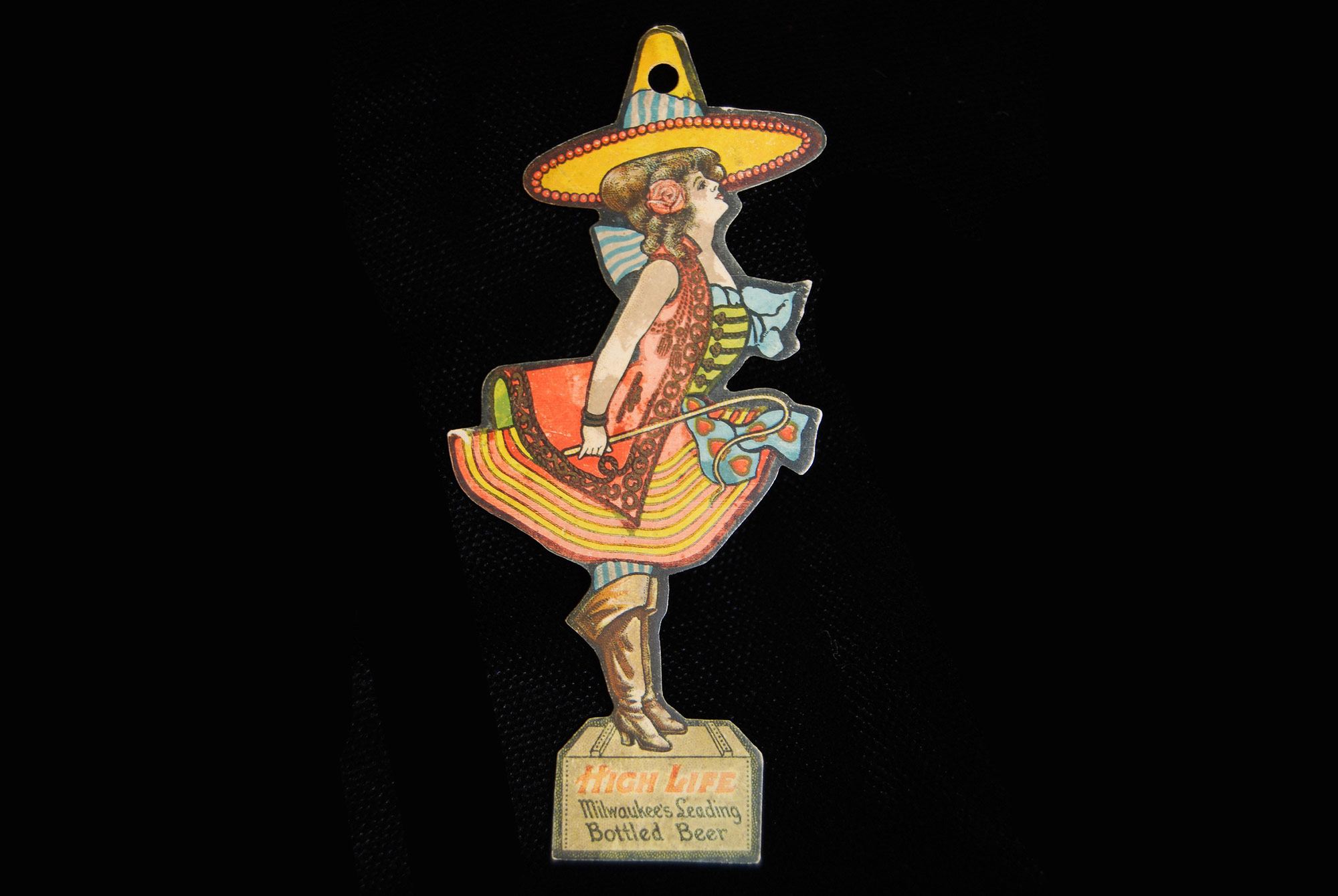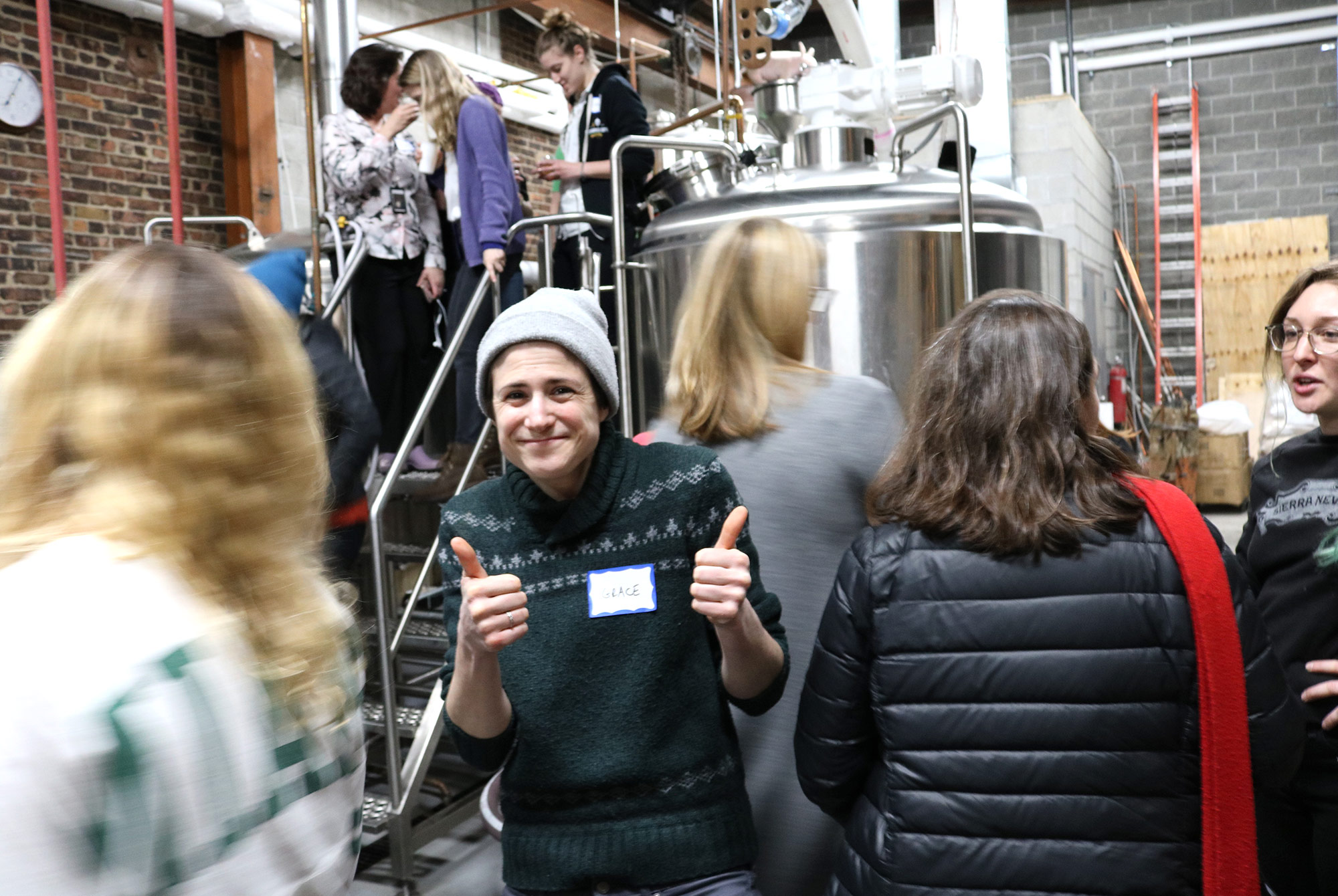Interested in learning more about the women in beer history? Join us August 8 from 6:00 to 9:00 PM at the Mezzanine for a panel on beer history led by Theresa McCulla, the first female historian of the American Brewing History Initiative at the Smithsonian’s National Museum of American History. Click here for tickets and more info.
A typical summer weekday morning: commute through soupy DC humidity to the Smithsonian’s National Museum of American History. Pass Michael Keaton-era Batmobile on display in museum lobby. Ride elevator to desk on fifth floor. Spend the day thinking, reading, and writing about beer. My day felt lucky as soon as the Batmobile came into view. Working as the museum’s historian of beer and brewing put it over the top.
As historian of the American Brewing History Initiative, I collect the history of beer and brewing in America, with a special focus on twentieth-century stories of homebrewing and craft beer. Surveying the museum’s holdings when I arrived in January 2017, I found an assortment of the weird and wonderful. Sheet music for the 1907 popular tune, Budweiser’s A Friend of Mine? Check. A squeaky – and awesome – colorimeter used by a late-19th-century brewer to check malt content. Yes.
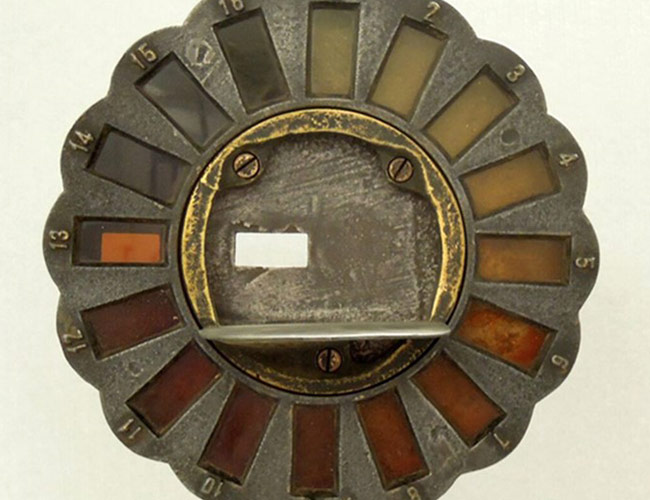
A mid-Atlantic brewer matched the colored panes on this colorimeter to samples of beer to judge malt content.
Colorimeter, ca. 1890-1900, Walter Voigt collection, Division of Work & Industry, National Museum of American History.
Fast forward to 2018 and America’s beer landscape (beerscape?) is a different world. With more than 6,000 breweries, exploding craft and homebrewing cultures, and increasingly savvy consumers, there is no better time to tap into the industry’s energy, skill, and creativity and preserve its story. Thanks to a gift from the Brewers Association, the not-for-profit trade association that supports craft brewers, the American History Museum can create and maintain this new collection for the benefit of the public and scholars, now and for years to come.
As I travel around the country meeting the many figures involved in this industry, I’ve had time to reflect on a few basic, but important, questions. What should an archive of American brewing history look like? How can I document the story of beer in America with an eye to breadth and depth? Which themes and events will pique the curiosity of future scholars?
Trained as a historian of gender, race, and ethnicity, I place special emphasis on collecting the stories of women and people of color as I build the Smithsonian’s brewing history archive. These groups have always been at the center of American beer; women, especially enslaved women, were America’s first brewers. Yet statistics show that far fewer women and people of color make and drink beer now, compared to white men. There are historical reasons for why that has come to be.
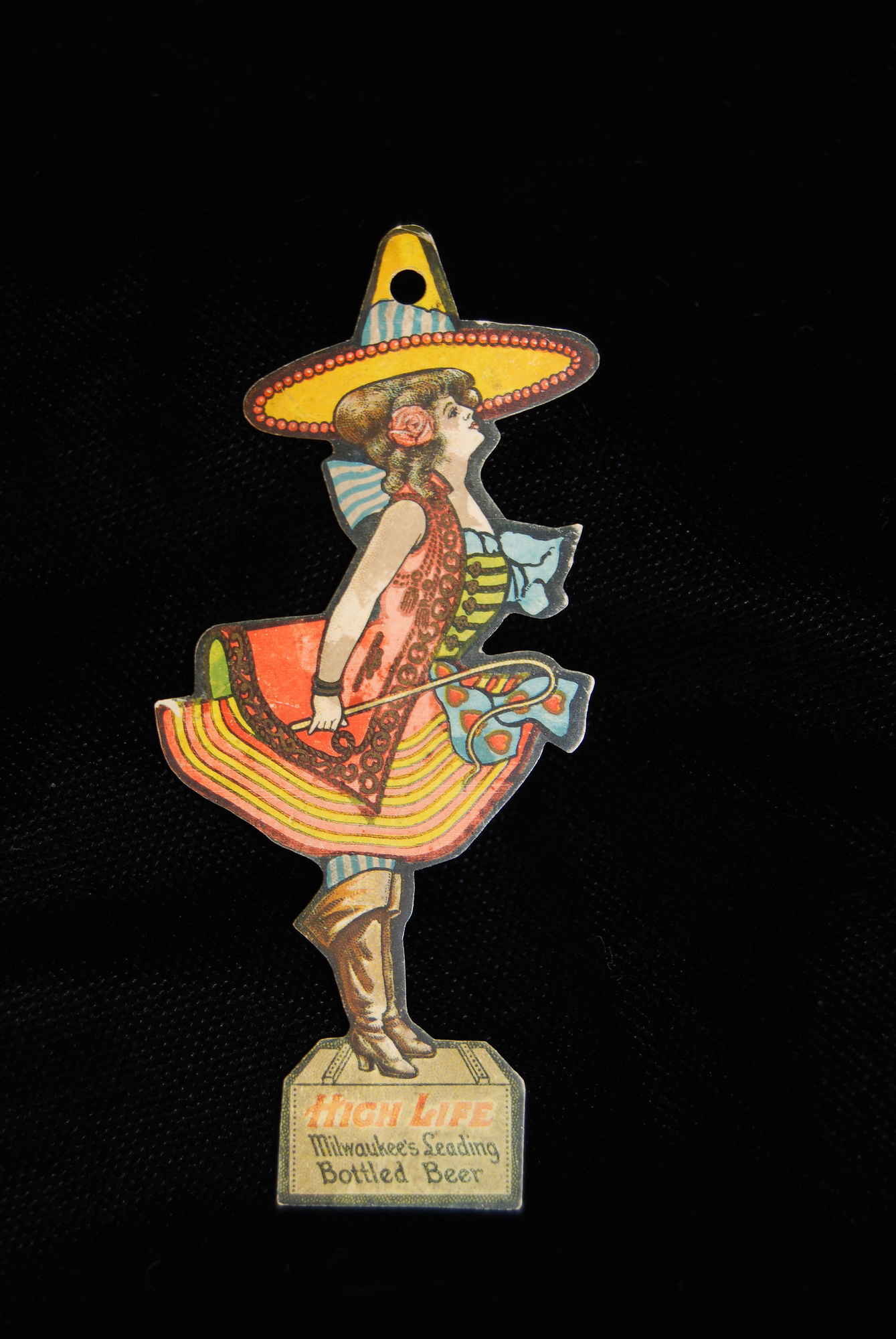
Moon girl: In 20th-century America, brewers often used images of women to sell beer, but spent progressively less effort marketing to women as beer consumers.
“Moon girl” advertising piece for Miller High Life, ca. after 1912, Division of Medicine & Science, National Museum of American History.
Fortunately for today’s beer drinkers, the American brewing industry is the most innovative in the world because of the increasing diversity of the smart people who compose it. I’m thinking of oral histories I’ve recorded with Annie Johnson, Master Brewer-in-residence at PicoBrew and winner of the American Homebrewers Association 2013 Homebrewer of the Year award; Twila Soles, artisan maltstress at gluten-free Grouse Malt House; Rose Ann Finkel, co-founder of the importer Merchant du Vin, which introduced Americans to then-exotic European beers; Joanne Francis, designer of the innovative, artful labels of Smuttynose Brewing Co. beers; Natalie Cilurzo, co-owner and president of Russian River Brewing Co.; Bailey Spaulding, CEO and co-founder at Jackalope Brewing Co…. All women, all pushing the industry forward. The list could, and will, go on.
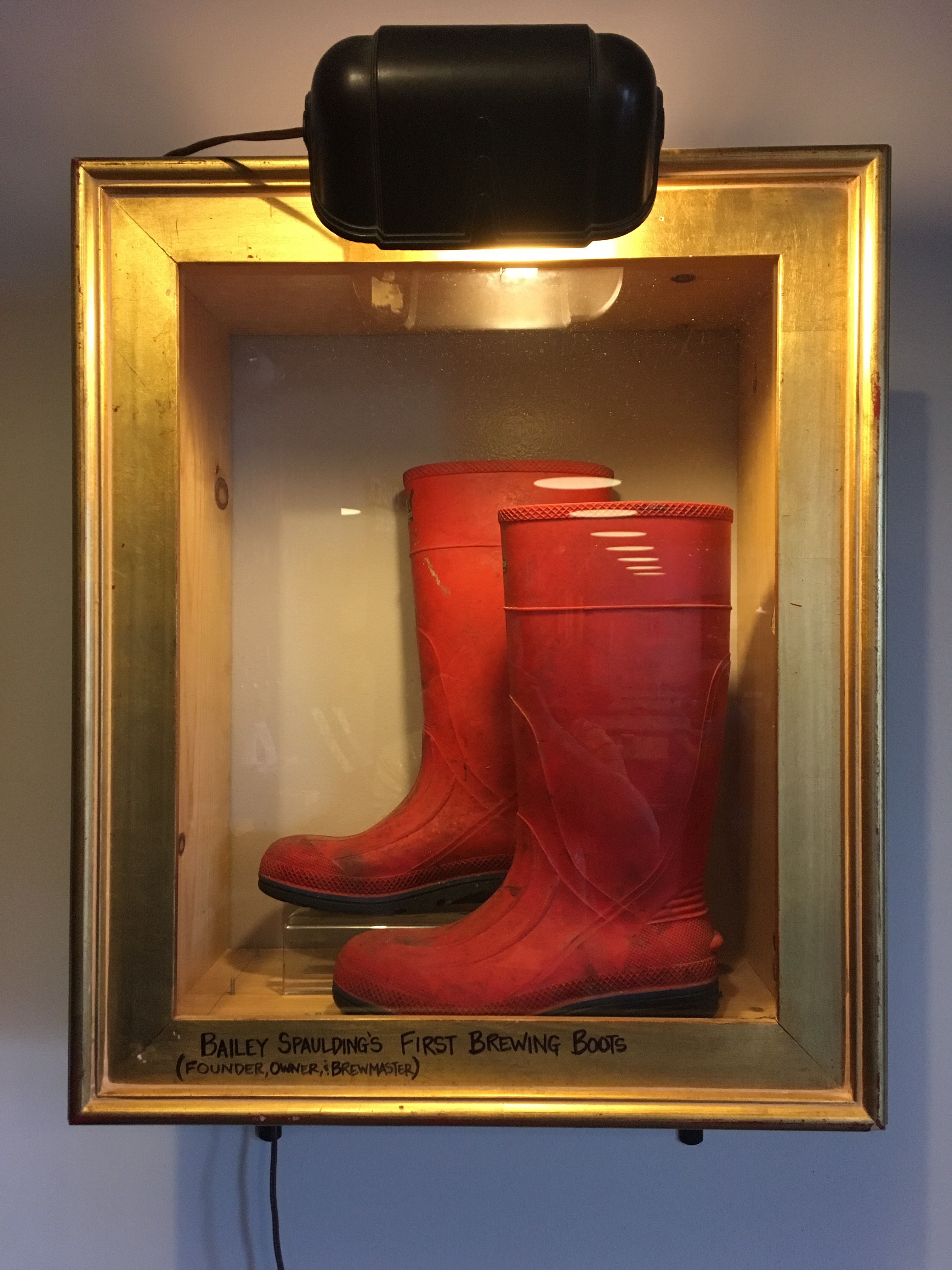
Bailey Spaulding, CEO and co-founder of Jackalope Brewing Co. in Nashville, TN, displays her first pair of brewing boots – as the historical artifacts they are – at the entrance to her taproom.
Photo by Theresa McCulla.
This work doesn’t get better than when I’m able to share it with the public. To that end, I invite you to an evening focused on the many roles of women in brewing history, from the ancient era to the present. As part of Hop Culture’s NYC Beers With(out) Beards Festival, a week-long celebration of the accomplishments of women in craft beer, I can’t wait to moderate a discussion the evening of August 8 with four speakers deep in the beer history world. Come hear from Tara Nurin, historian of the Pink Boots Society; Tonya Hopkins, food historian and consultant to Harlem Hops; Diana Pittet, NYU instructor of beverage history; and Carol Stoudt, founder of Stoudts Brewing Co. and first woman brewmaster since Prohibition. Also: beer. Pours from Brooklyn’s Strong Rope Brewery will keep the conversation going. Cheers to that! And tickets here.
Liked this article? Sign up for our newsletter to get the best craft beer writing on the web delivered straight to your inbox.

